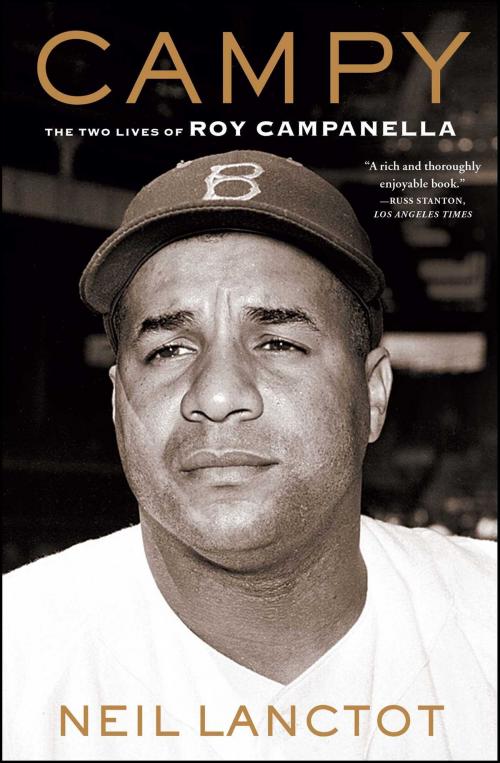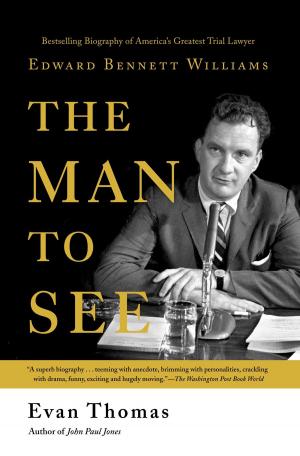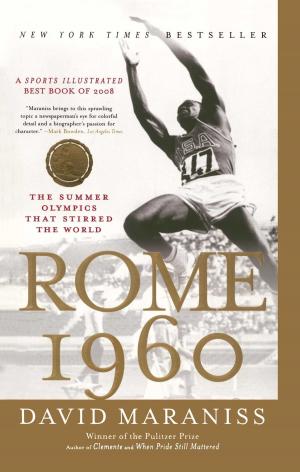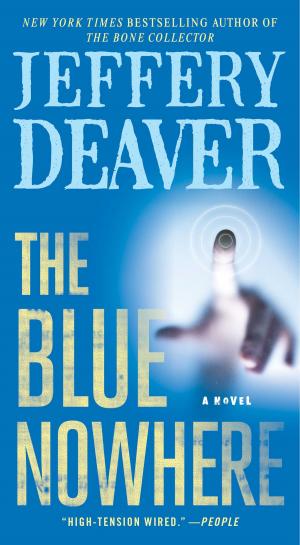| Author: | Neil Lanctot | ISBN: | 9781451606492 |
| Publisher: | Simon & Schuster | Publication: | March 8, 2011 |
| Imprint: | Simon & Schuster | Language: | English |
| Author: | Neil Lanctot |
| ISBN: | 9781451606492 |
| Publisher: | Simon & Schuster |
| Publication: | March 8, 2011 |
| Imprint: | Simon & Schuster |
| Language: | English |
Neil Lanctot’s biography of Hall of Fame catcher Roy Campanella—filled with surprises—is the first life of the Dodger great in decades and the most authoritative ever published.
Born to a father of Italian descent and an African- American mother, Campanella wanted to be a ballplayer from childhood but was barred by color from the major leagues. He dropped out of school to play professional ball with the Negro Leagues’ Washington (later Baltimore) Elite Giants, where he honed his skills under Hall of Fame catcher Biz Mackey. Campy played eight years in the Negro Leagues until the major leagues integrated. Ironically, he and not Jackie Robinson might have been the player to integrate baseball, as Lanctot reveals. An early recruit to Branch Rickey’s “Great Experiment” with the Brooklyn Dodgers, Campy became the first African-American catcher in the twentieth century in the major leagues. As Lanctot discloses, Campanella and Robinson, pioneers of integration, had a contentious relationship, largely as a result of a dispute over postseason barnstorming.
Campanella was a mainstay of the great Dodger teams that consistently contended for pennants in the late 1940s and 1950s. He was a three-time MVP, an outstanding defensive catcher, and a powerful offensive threat. But on a rainy January night in 1958, all that changed. On his way home from his liquor store in Harlem, Campy lost control of his car, hit a utility pole, and was paralyzed below the neck. Lanctot reveals how Campanella’s complicated personal life (he would marry three times) played a role in the accident. Campanella would now become another sort of pioneer, learning new techniques of physical therapy under the celebrated Dr. Howard Rusk at his Institute of Physical Medicine and Rehabilitation. As he gradually recovered some limited motion, Campanella inspired other athletes and physically handicapped people everywhere.
Based on interviews with dozens of people who knew Roy Campanella and diligent research into contemporary sources, Campy offers a three-dimensional portrait of this gifted athlete and remarkable man whose second life after baseball would prove as illustrious and courageous as his first.
Neil Lanctot’s biography of Hall of Fame catcher Roy Campanella—filled with surprises—is the first life of the Dodger great in decades and the most authoritative ever published.
Born to a father of Italian descent and an African- American mother, Campanella wanted to be a ballplayer from childhood but was barred by color from the major leagues. He dropped out of school to play professional ball with the Negro Leagues’ Washington (later Baltimore) Elite Giants, where he honed his skills under Hall of Fame catcher Biz Mackey. Campy played eight years in the Negro Leagues until the major leagues integrated. Ironically, he and not Jackie Robinson might have been the player to integrate baseball, as Lanctot reveals. An early recruit to Branch Rickey’s “Great Experiment” with the Brooklyn Dodgers, Campy became the first African-American catcher in the twentieth century in the major leagues. As Lanctot discloses, Campanella and Robinson, pioneers of integration, had a contentious relationship, largely as a result of a dispute over postseason barnstorming.
Campanella was a mainstay of the great Dodger teams that consistently contended for pennants in the late 1940s and 1950s. He was a three-time MVP, an outstanding defensive catcher, and a powerful offensive threat. But on a rainy January night in 1958, all that changed. On his way home from his liquor store in Harlem, Campy lost control of his car, hit a utility pole, and was paralyzed below the neck. Lanctot reveals how Campanella’s complicated personal life (he would marry three times) played a role in the accident. Campanella would now become another sort of pioneer, learning new techniques of physical therapy under the celebrated Dr. Howard Rusk at his Institute of Physical Medicine and Rehabilitation. As he gradually recovered some limited motion, Campanella inspired other athletes and physically handicapped people everywhere.
Based on interviews with dozens of people who knew Roy Campanella and diligent research into contemporary sources, Campy offers a three-dimensional portrait of this gifted athlete and remarkable man whose second life after baseball would prove as illustrious and courageous as his first.















